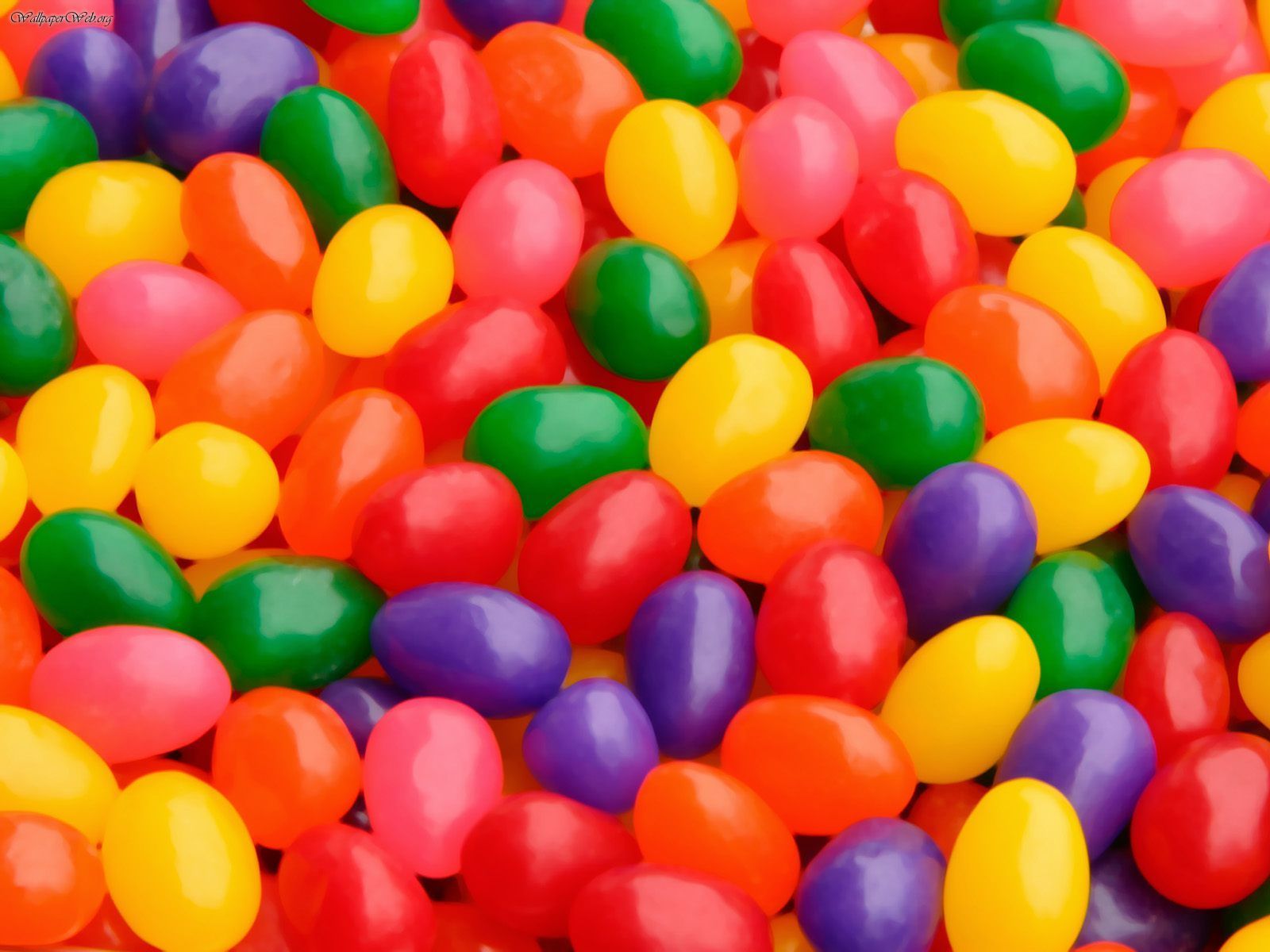Jellybeans are not just a delightful treat; they are a symbol of joy and nostalgia for many. From their vibrant colors to their chewy texture, jellybeans have captured the hearts of candy lovers around the world. In this article, we will explore the fascinating history, varieties, and the cultural significance of jellybeans, ensuring a sweet experience for all enthusiasts.
As we dive into the sugary universe of jellybeans, we will uncover their origins, manufacturing process, and even some fun facts that you may not know. Whether you are a casual consumer or a jellybean aficionado, this comprehensive guide will provide insights that cater to all levels of interest. Let's embark on this sugary journey together!
With the ever-growing popularity of jellybeans, it’s vital to understand what makes them so special. We will touch on their nutritional aspects, the various flavors available, and the role they play in celebrations and traditions around the globe. So, grab a handful of your favorite jellybeans, and let's get started!
Table of Contents
- History of Jellybeans
- Manufacturing Process of Jellybeans
- Types of Jellybeans
- Popular Flavors of Jellybeans
- Nutritional Information
- Cultural Significance of Jellybeans
- Fun Facts About Jellybeans
- Conclusion
History of Jellybeans
The history of jellybeans dates back to the 19th century. Originally, they were inspired by a confection called "Turkish Delight," which was made from sugar and starch. The first jellybeans were believed to have been produced in the United States in the 1860s. They quickly gained popularity due to their unique shape and vibrant colors.
By the 1930s, jellybeans had become a staple in American culture, especially during Easter. In fact, the tradition of giving jellybeans as Easter treats is so prevalent that they are often referred to as "Easter eggs" in candy form. This sweet treat has since evolved, with various manufacturers introducing their unique twists on the classic jellybean.
Notable Milestones in Jellybean History
- 1861: The first jellybeans were produced in the United States.
- 1930s: Jellybeans became a popular Easter candy.
- 1970s: Jelly Belly introduced gourmet jellybeans with unique flavors.
Manufacturing Process of Jellybeans
The production of jellybeans involves a meticulous process that combines art and science. Here’s a simplified overview of how jellybeans are made:
- Ingredient Selection: The main ingredients include sugar, corn syrup, and starch.
- Cooking: The ingredients are cooked to create a syrup.
- Molding: The syrup is poured into molds to form the jellybean shape.
- Coating: A sugar coating is applied to give the jellybeans their signature shine.
- Flavoring: Natural and artificial flavors are added to create the desired taste.
Quality control is essential at each stage to ensure that the jellybeans meet industry standards. Manufacturers often experiment with new flavors and colors to keep the product line fresh and exciting.
Types of Jellybeans
Jellybeans come in a variety of forms and types. Here are some of the most popular types:
- Standard Jellybeans: The classic bean shape available in various flavors.
- Gourmet Jellybeans: High-quality jellybeans with unique and sophisticated flavors.
- Sour Jellybeans: A tangy twist on the traditional jellybean experience.
- Vegan Jellybeans: Made without any animal-derived ingredients, suitable for vegan diets.
Popular Flavors of Jellybeans
One of the most enticing aspects of jellybeans is their vast array of flavors. Here are some fan-favorite flavors:
- Cherry
- Watermelon
- Buttered Popcorn
- Licorice
- Bubblegum
Innovative companies like Jelly Belly have even created flavors like "Draft Beer" or "Cappuccino," pushing the boundaries of traditional candy flavors.
Nutritional Information
While jellybeans are primarily a sugary treat, they do have some nutritional information worth noting. A standard serving of jellybeans (approximately 28 grams) contains:
- Calories: 100
- Carbohydrates: 25 grams
- Sugar: 20 grams
- Protein: 1 gram
It’s essential to enjoy jellybeans in moderation, especially for those monitoring their sugar intake.
Cultural Significance of Jellybeans
Jellybeans hold a special place in various cultures and celebrations. In the United States, they are closely associated with Easter, where they symbolize new life and rebirth. In recent years, they have also gained popularity in birthday parties, Halloween, and even weddings.
In addition to their role in celebrations, jellybeans have been featured in popular media, such as movies and television shows, further cementing their status as a beloved treat.
Fun Facts About Jellybeans
Here are some fun and interesting facts about jellybeans that you might not know:
- The largest jellybean ever made weighed over 4,000 pounds!
- Jellybeans have been used in art and sculptures due to their vibrant colors.
- There are over 100 different flavors of jellybeans available today.
Conclusion
In conclusion, jellybeans are more than just a sugary snack; they encompass a rich history, diverse flavors, and cultural significance that brings joy to many. As we’ve explored in this article, the journey of jellybeans from their inception to modern-day varieties is quite fascinating.
We encourage you to share your favorite jellybean flavors or memories in the comments below. If you enjoyed this article, consider sharing it with fellow candy lovers or exploring more of our content on sweet treats!
Sources
- History of Jellybeans - History.com
- Jelly Belly - Official Site
- Nutritional Information for Jelly Beans - Livestrong
We hope you found this article informative and enjoyable. Stay sweet and visit us again for more delightful content!


